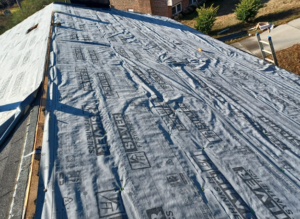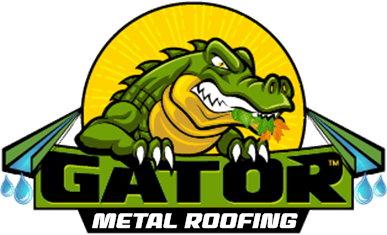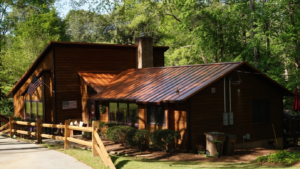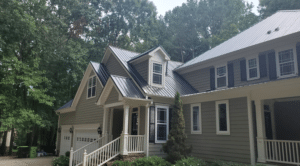Imagine your home as a citadel against the elements, where comfort and energy efficiency reign supreme. To achieve this, it’s crucial to understand the science of thermal bridging and its impact on energy loss. In this technical exploration, we will delve deep into the world of thermal bridging and its relationship with metal roofs.
Discover how advanced Metal Roofing Contractors Fayetteville NC are tackling this issue to provide the best metal roof installation, reduce energy waste, and create a more sustainable and comfortable living environment for you.
What is Thermal Bridging in Metal Roofs
Thermal bridging occurs when a conductive material forms a bridge between the interior and exterior of a building, allowing heat to bypass insulation. In the context of roofing, it’s the paths through which heat escapes or enters the building, undermining energy efficiency.
Minimizing Thermal Bridging in Metal Roofing
Let’s talk about expert-recommended ways to prevent thermal bridging risks in metal roofs for long-lasting performance and durability:
Insulation Matters: An essential step in minimizing thermal bridging in metal roofing is ensuring adequate insulation. Metal roofing installers in NC use advanced insulation materials to create a thermal barrier between the roof and the living space.
Continuous Insulation: To combat thermal bridging, it’s crucial to provide continuous insulation across the entire roof. This insulation layer acts as a shield, preventing heat from escaping or entering the building through the metal roof.
Roof Deck and Underlayment: Selecting the right roof deck and underlayment materials is crucial. These components should have low thermal conductivity and be compatible with the insulation to minimize heat transfer.
Ventilation and Air Sealing: Proper attic ventilation and air sealing are essential to prevent heat from accumulating in the attic space, especially during hot summers. This helps maintain a more consistent indoor temperature.
Metal Roof Coatings: Reflective metal roof coatings can enhance energy efficiency by reducing heat absorption. These coatings reflect sunlight, keeping the roof and the building cooler, which reduces the need for air conditioning.

Metal Roof Colors and Styles
Choosing the right color and style for your metal roof can also impact thermal performance. Light-colored metal roofs reflect more sunlight and heat, helping to maintain a cooler indoor environment. Discuss your options with our metal roofing experts or test out our Online Color Visualizer tool to strike a balance between aesthetics and energy efficiency.
For the professional metal roof installation in NC, tailored to your unique needs and style preferences, contact Gator Metal Roofing. Let us transform your roofing into a fortress of energy efficiency, comfort, and sustainability. Call us now for more details.









